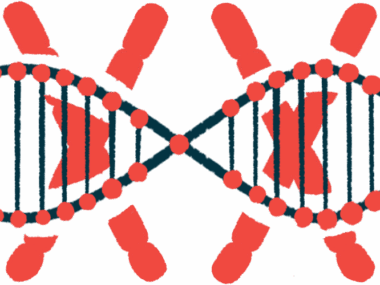New Mutation in FECH Gene Linked to EPP, Case Study Reports
Written by |

A new mutation in the FECH gene was identified as the cause of erythropoietic protoporphyria in a 14-year-old Japanese boy, as described in a recent study.
The case report was published in the form of a letter to the editor in The Journal of Dermatology titled, “Novel mutation of the ferrochelatase gene in a Japanese boy with erythropoietic protoporphyria.”
Erythropoietic protoporphyria (EPP) is a type of porphyria caused by mutations in the FECH gene. This gene carries instructions to make the enzyme ferrochelatase that is involved in producing heme — a molecule essential for red blood cells’ oxygen transport and the breakdown of compounds in the liver.
Lacking this enzyme leads to the toxic accumulation of intermediate byproducts, called porphyrins, in the body. This results in extreme sensitivity to sunlight, the hallmark symptom of EPP.
The report describes the case of a boy with EPP coming from a new mutation in the FECH gene.
The 14-year-old was referred to the Hyogo Prefectural Amagasaki General Medical Center with a skin rash (erythema) and swelling in his arms, hands, and cheeks, which occurred after he was exposed to sunlight for three hours.
Since childhood, the boy was sensitive to sunlight (photosensitivity). Family history revealed his father and maternal grandmother had the same symptom. At the time of his first hospital visit, the boy showed no scars or erythema.
Blood tests confirmed EPP as he had abnormally high protoporphyrin levels.
Genetic analysis uncovered a mutation in an exon of the FECH gene that was deemed disease-causing. An exon is a protein-coding region within a gene.
The new mutation led to a switch in a single amino acid — the building blocks of proteins — in the resulting FECH protein; isoleucine was replaced by threonine at position 224 of the protein sequence.
According to the researchers, this mutation’s discovery “might suggest that the isoleucine at amino acid position 224 is important for the activity of FECH.”
He also had a single nucleotide polymorphism — a difference in a single nucleotide, or DNA building block — but this time within an a non-coding region (intron) of the FECH gene.
The boy attended high school at night, which helped ease his photosensitivity. His liver function remained normal.





